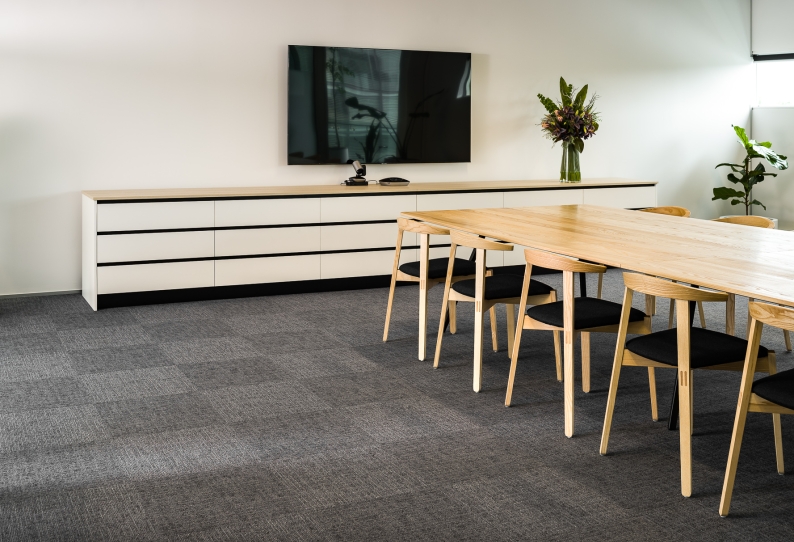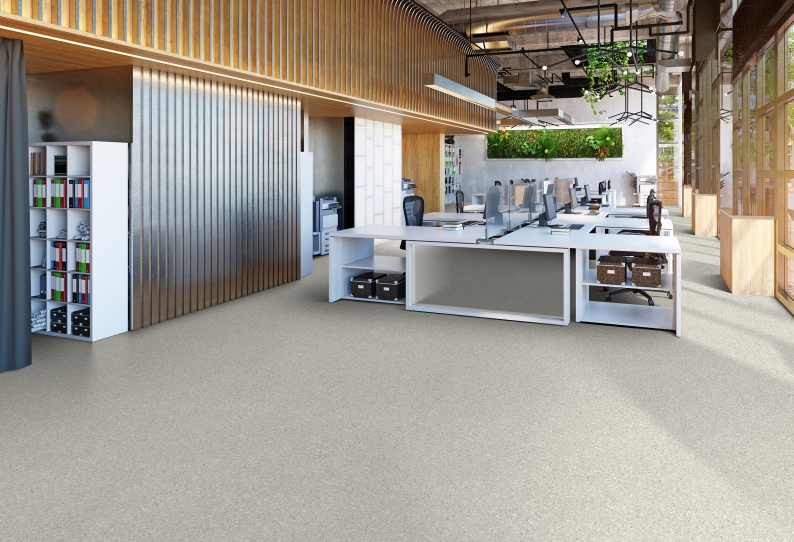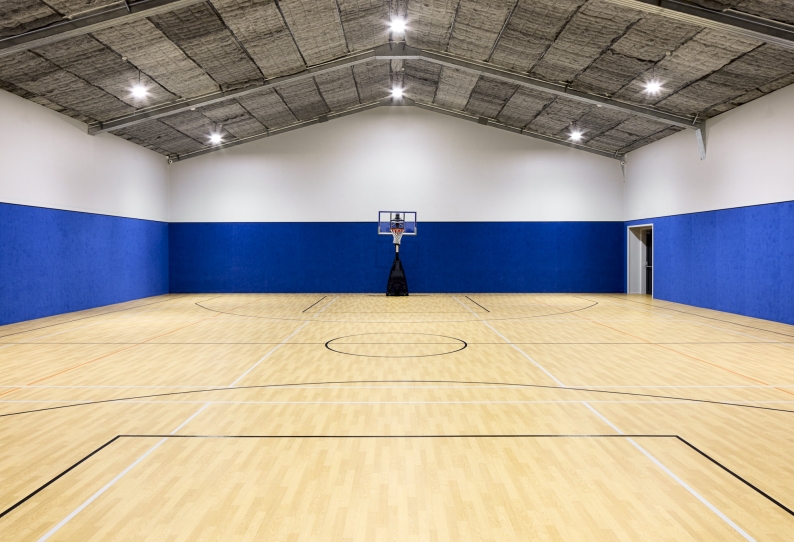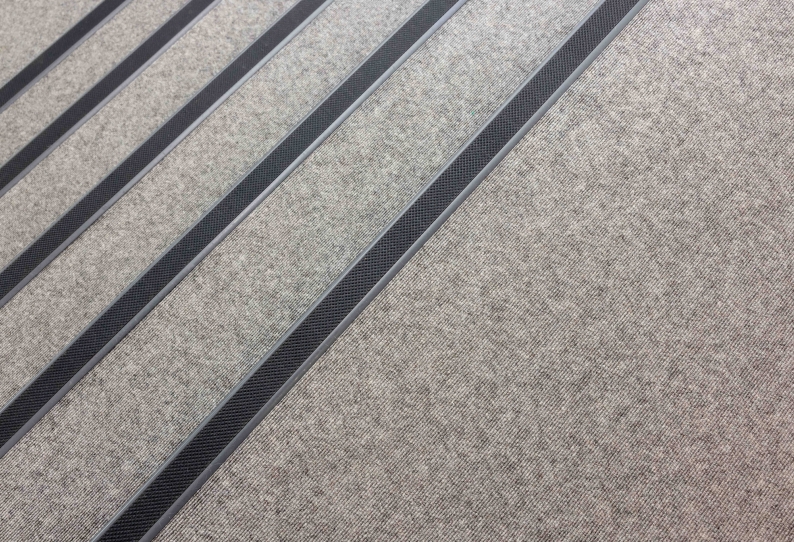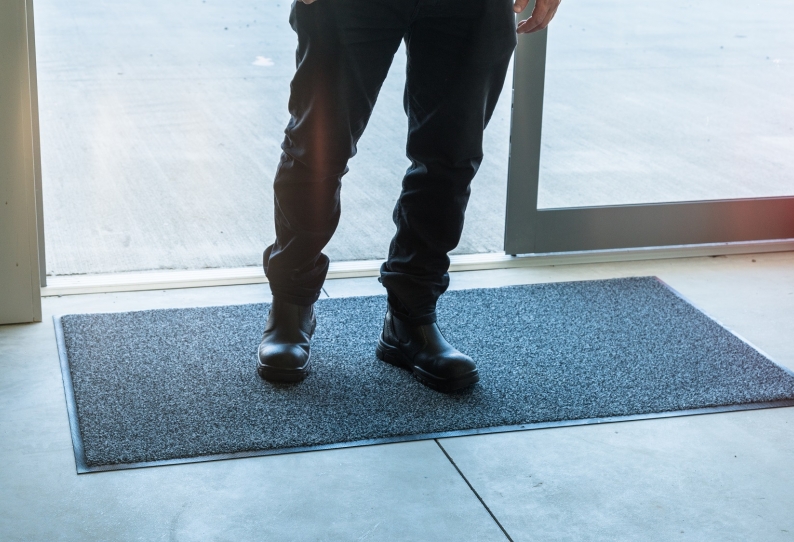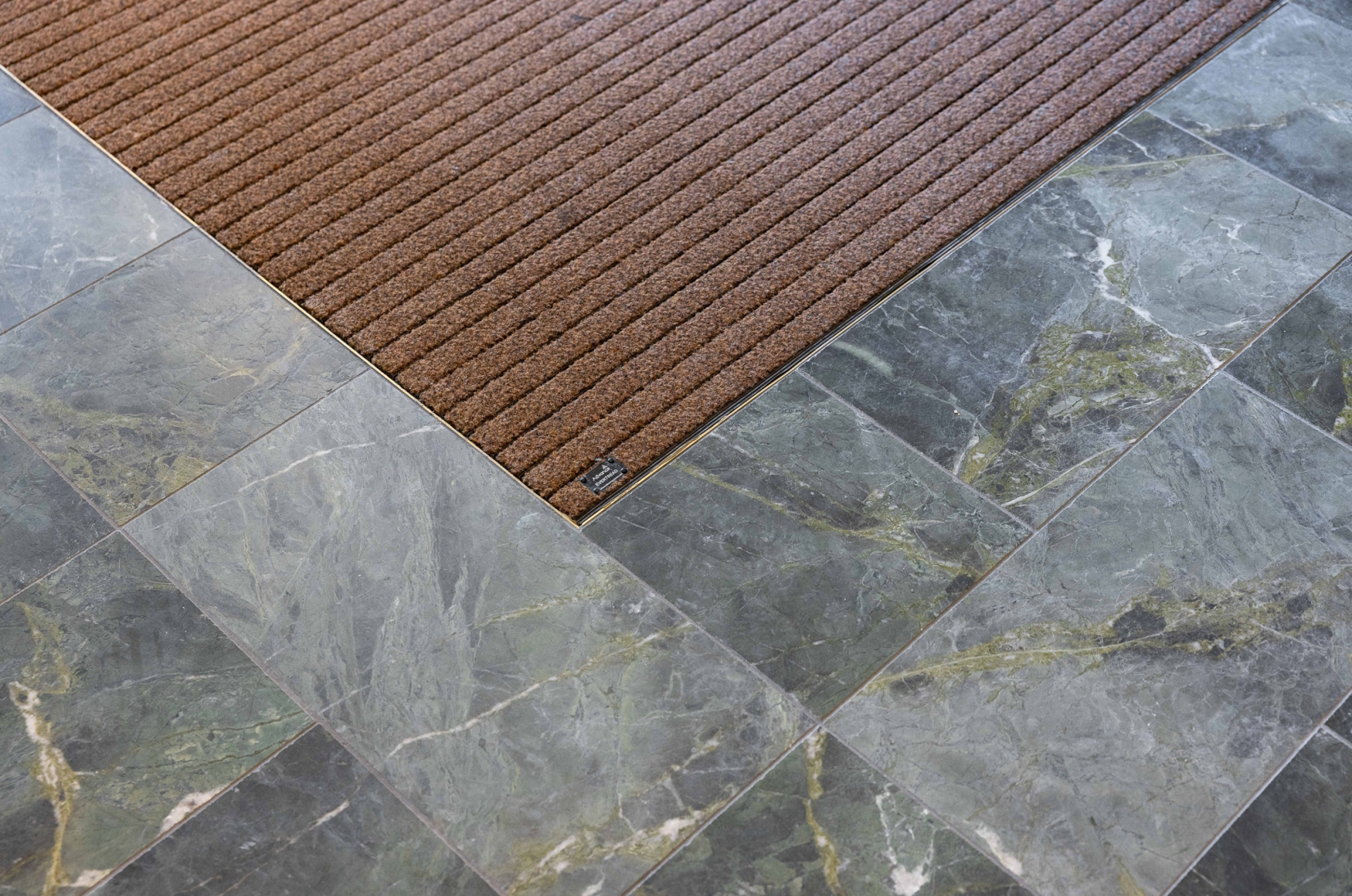
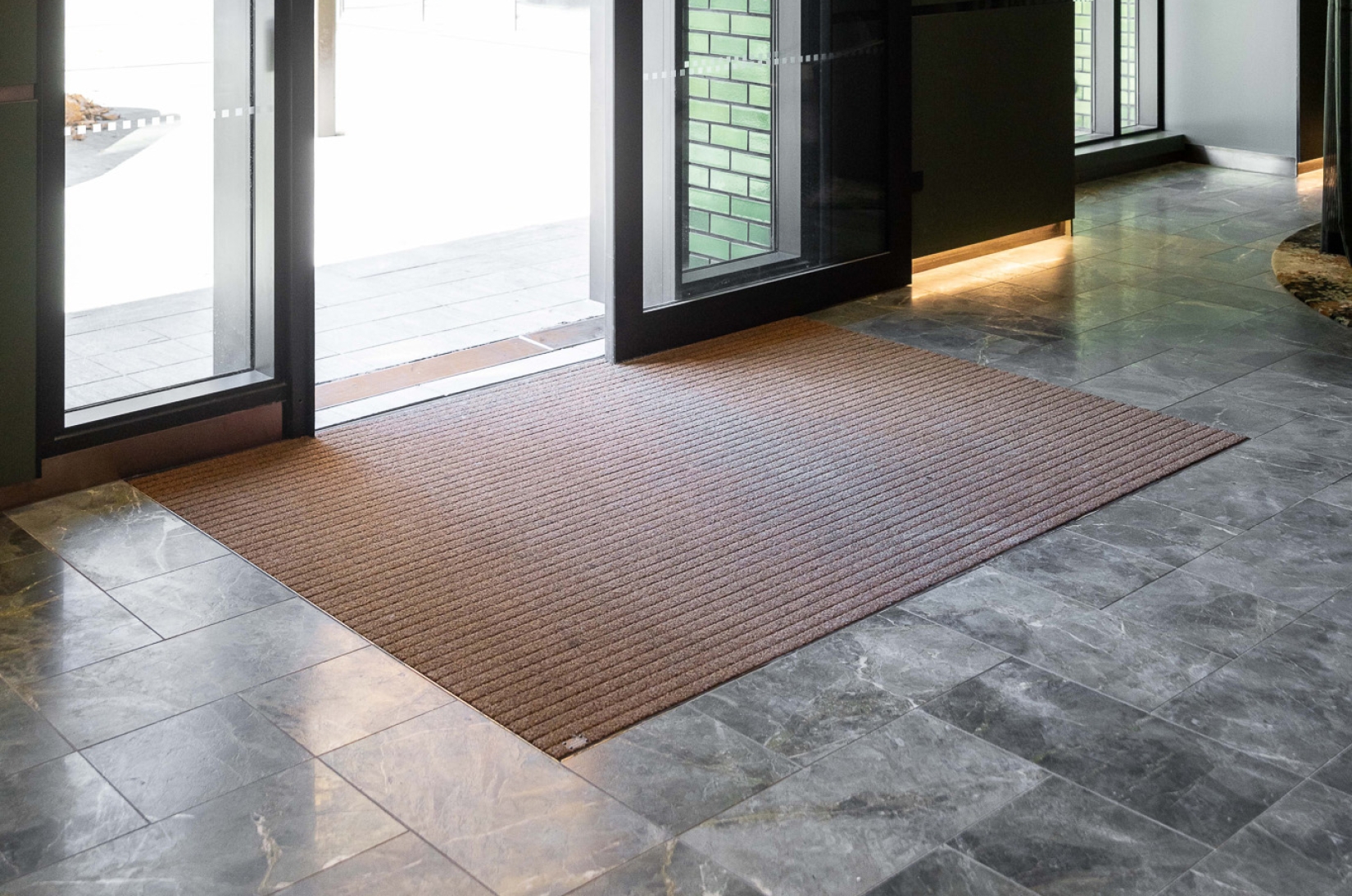

Flooring design plays an important part in creating a safe, home-like environment for those living with dementia.
In designs for public or private care facilities for those with dementia, the right flooring solutions will reduce anxiety, limit the risk of slips and falls, and help sufferers keep active for longer.
Exits and entranceways must comply with all regulations, and be safe to navigate on a day-to-day basis as well as during emergencies; specifying the correct entry matting will guarantee compliance and contribute to the well-being of residents.
Low-profile polyamide matting for safety and compliance
It is important to minimise changes in flooring heights wherever possible, particularly in entranceways (which also serve as emergency exits). Dementia sufferers are often frail and susceptible to falls, which need to be prevented wherever possible.
Raised mats can be very easy to trip on, so entry matting should be recessed into the floor. Entry matting from Advance Flooring is available in a number of low-profile 10mm options, reducing trip hazards and making entranceways easier to negotiate for people using walkers or in wheelchairs.
Specifying an entrance matting system that has a low-profile aluminium frame with absorbent polyamide inserts will make interior floors safer to walk on. Polyamide fibres can remove up to 5.6 litres of moisture per square metre, as well as trap most solid particles. Advance polyamide entrance mats also exceed the minimum 2.2 kW/m2 critical radiant flux (CRF) requirement for compliance.
Using tonal contrast correctly
Experts agree that one the most important flooring considerations for those living with dementia is tonal contrast. High-contrast or patterned flooring can easily cause confusion, leading to distress and potential injury, because patterns, colours and shapes may be seen as objects that must be navigated.
For example, sudden changes in flooring colour can give the impression of a step, causing elderly people to trip as they high-step unnecessarily. Dark colours may be perceived as holes, causing those with dementia to try to walk around them.
For entrance matting, specifying a bronze anodised frame and brown inserts, for instance, can help provide tonal continuity, presenting as a safe and stable surface. Another useful approach is to extend entrance matting from wall to wall; defined contrasts between walls and floor are very useful in helping those living with dementia navigate spaces.
Improving quality of life
Spaces that feel like a home are proven to help keep people more active for longer, but these spaces must also be safe and comply with regulations. The right entrance matting can help create dementia-friendly spaces that are safe and attractive and, most importantly, will help improve people’s quality of life.


